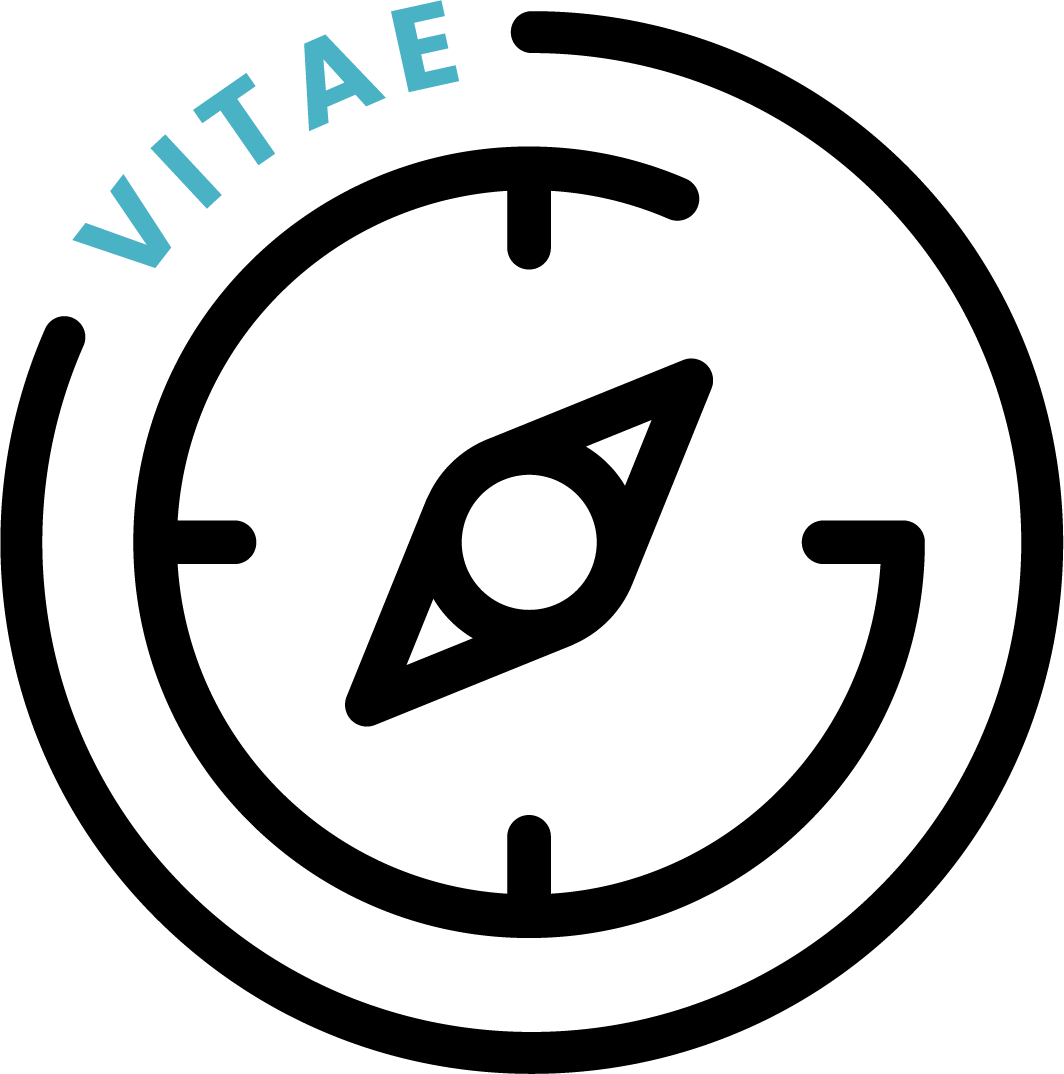Reprogramming your Brain with Confidence: Future Women Feature
Feature in Future Women. Article Written by Emily Brookes.
We kicked off our first Sydney Social Club event with social scientist, PG Neuroscientist and startup advisor Shelley Laslett. Shelley is the co-founder and CEO of Vitae Coach, a brain-based coaching startup combining neuroscience and technology to help clients become better, whether it is as a leader or as a business.
Shelley spoke to Future Women members about the neurological makeup of the brain, and most importantly, how you can train it to help you become more confident when presenting. From power poses and confidence cocktails (sans alcohol) to the power of your imagination, Shelley delivered a presentation that no one who attended will forget. And now you won’t either.
Here are the four key takeouts Shelley has shared with us from her presentation.
1. Your brain is influenced by threat more than reward
Your brain’s number one job is to keep you alive. But because your brain is focussed on survival, humans are more likely to identify risk than reward in situations. Practically, we’re more likely to see the speeding car while crossing the road, not just the ice cream cart on the other side of the road. While there is always an individual assessment and tradeoff between the two, we are primed to assess risk, minimise risk and maximise reward.
2. Physical threats and emotional threats (social threats) are the same to the brain
When we feel socially threatened (someone offends us, we are excluded from a group, we get negative feedback, we publicly make a mistake) it can feel the same to our brain as physical threat. Your brain uses the same threat and reward circuit for both. For complete context, heartbreak can be as painful to the brain as a minor car crash. So when people tell you your feelings don’t matter, that is simply untrue. Emotional pain is just as powerful as physical pain.
3. Your brain doesn’t know the difference between doing and imagining
It’s essentially the same. For example, you can get scared in a scary movie, without being an actor or actress in that movie. When you imagine your presentation going well, your brain thinks that is actually happening and the reverse (negative imagining) is true also. This video covers how to use this fundamental neuroscience principle to your advantage.
4. How to neurologically boost confidence
There has been a body of research done on confidence and how to create it. One of the most influential neurological and social studies in recent times has been led by notable Harvard Professor, Amy Cuddy. Her 2012 TED Talk, Your Body Language May Shape Who You Are based on her research at Columbia University (with colleagues Dana Carney and Andy Yap called An Ideal Hormone Profile for Leadership) has brought us new neurological and hormonal awareness of how to boost confidence.
Dr Cuddy, and her colleagues discovered that the ultimate hormonal confidence cocktail was healthy levels of Testosterone (Dominance Hormone) and relational low-levels of Cortisol (Stress Hormone). Not only were people with this hormonal profile more confident, they were also:
more gritty and persistent when faced with adversity or failure
better negotiators and influencers
more willing and accurate at taking calculated risks and;
able to stay calm and composed when under pressure
To help neurologically boost your confidence for a presentation, and indeed any conversation, negotiation or situation, follow these steps.
When it comes to presenting, and neurologically creating confidence, you must start by controlling and monitoring how you think about the two. If you want to create the confidence for your presentation (and indeed any confidence) you desire externally, you must start by creating it internally — and that starts with telling yourself the story you want to hear. By regulating and curating the confidence you desire within your own mind and through your body. We cannot have external confidence, without internal self-confidence. Self-confidence starts with self-belief, “an internal state made up of what we think about ourselves.”
It is a very noisy, busy world out there, but within our minds — there is only one thinker —you. At any given moment you can choose what you tell yourself, what you believe about yourself and thereby what you create for yourself and others. That’s not just a nice idea, that’s neuroscience and that is exactly how your brain works.
